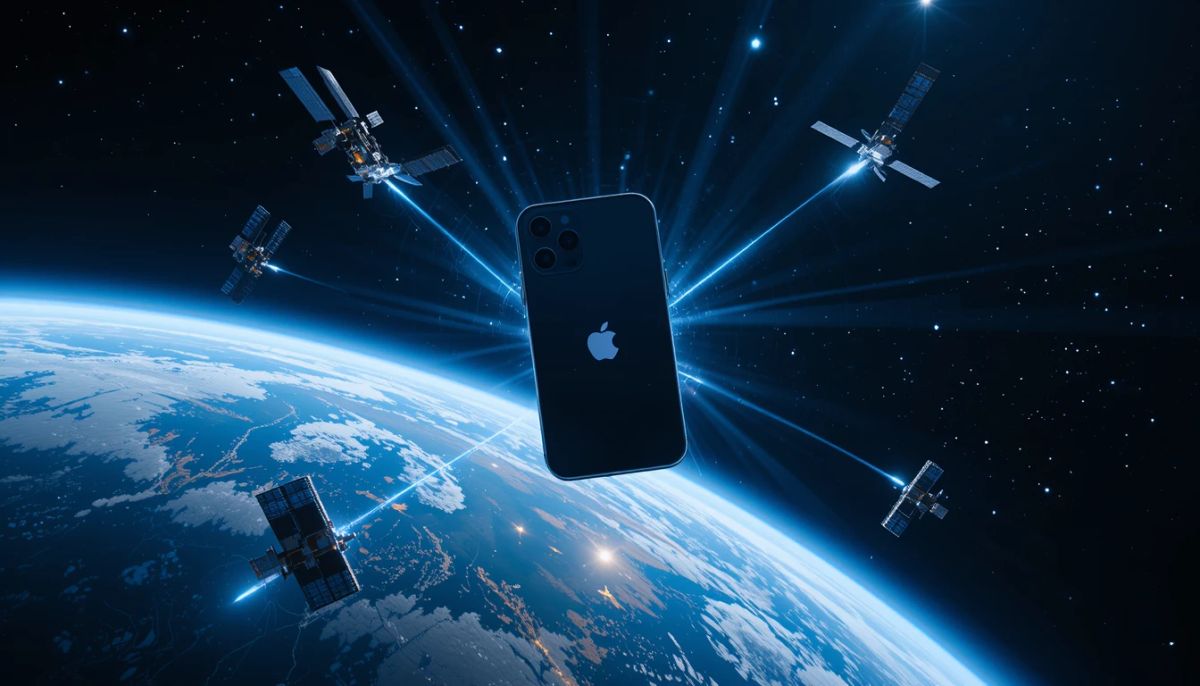In a groundbreaking move that's set to reshape the landscape of mobile communications, tech giants Apple and SpaceX have teamed up with T-Mobile to bring satellite connectivity to iPhones. This collaboration, announced in January 2025, marks a significant leap forward in ensuring seamless communication, even in the most remote corners of the world. Let's dive deep into this exciting development and explore what it means for iPhone users and the future of mobile technology.
The Dawn of a New Era in Mobile Connectivity
The Partnership Unveiled
Apple, known for its innovative approach to technology, has once again pushed the boundaries of what's possible with mobile devices. By partnering with Elon Musk's SpaceX and telecommunications leader T-Mobile, Apple has introduced a feature that allows iPhones to connect directly to Starlink satellites when traditional cellular networks are unavailable.
Breaking New Ground with iOS 18.3
The feature made its debut with the iOS 18.3 update, which began rolling out to select users in early 2025. This update brings to life a capability that many thought was years away from reality – the ability for a smartphone to communicate directly with satellites in low Earth orbit.
How Starlink Satellite Connectivity Works on iPhones
Seamless Integration
The new Starlink feature integrates smoothly with the existing iPhone interface. Users can access it through a new toggle in their cellular settings, which activates automatically when the phone detects it's outside the range of traditional cellular networks.
Beyond Line-of-Sight
Unlike Apple's previous satellite features, which required a clear line of sight to the sky, the Starlink integration is more robust. It can potentially maintain a connection even when the device isn't directly exposed to open sky, making it more practical for real-world use.
Current Capabilities and Future Potential
At present, the feature is limited to text messaging. However, Apple, SpaceX, and T-Mobile have hinted at plans to expand the service to include voice calls and data transfers in the future. This gradual roll-out allows for thorough testing and refinement of the technology.
Compatible Devices and Beta Testing
iPhone Compatibility
The Starlink satellite feature is compatible with iPhone 14 models and newer. These devices already contain the necessary hardware for satellite communication, which was initially introduced for emergency SOS services.
Beta Testing Program
T-Mobile has initiated a beta testing program, inviting a select group of users to try out the new feature. Participants receive notifications about accessing satellite texting when they're in areas without cellular coverage. This real-world testing is crucial for ironing out any kinks before a wider release.
The Technology Behind the Scenes
SpaceX's Starlink Constellation
The backbone of this new feature is SpaceX's Starlink satellite constellation. These low Earth orbit satellites provide the network that iPhones connect to when cellular service is unavailable. The low orbit of these satellites reduces latency, making communication more responsive compared to traditional satellite phone systems.
Apple's Custom Hardware and Software
Apple has likely made modifications to the iPhone's existing satellite communication hardware to accommodate the Starlink network. Additionally, the iOS 18.3 update includes sophisticated software that manages the transition between cellular and satellite networks seamlessly.
Implications for Global Connectivity
Bridging the Digital Divide
This collaboration has the potential to significantly reduce the global digital divide. By providing connectivity in remote areas, it opens up new possibilities for communication, emergency services, and even economic opportunities in underserved regions.
Emergency Communications
While the initial focus is on text messaging, the implications for emergency communications are profound. In disaster scenarios where cellular networks are down, this technology could prove life-saving.
Future Prospects and Expansion Plans
Beyond Text Messaging
Apple, SpaceX, and T-Mobile have ambitious plans to expand the capabilities of this satellite connectivity. Future updates may include voice calls, data services, and even integration with other Apple devices like the Apple Watch Ultra.
Global Expansion
While the initial rollout is limited, there are plans to expand the service globally. This expansion will depend on regulatory approvals in different countries and the continued growth of the Starlink satellite network.
Challenges and Considerations
Regulatory Hurdles
As with any new technology that involves global communications, regulatory approval in various countries will be a significant challenge. Apple and its partners will need to navigate complex international telecommunications laws.
Environmental Concerns
The increase in satellite launches required to support this technology has raised some environmental concerns. SpaceX and its partners will need to address these issues as they expand the Starlink constellation.
Battery Life and Performance
Using satellite connectivity can be power-intensive. Apple will need to optimize the feature to ensure it doesn't significantly impact iPhone battery life.
Conclusion: A New Frontier in Mobile Communication
The collaboration between Apple, SpaceX, and T-Mobile represents a significant milestone in the evolution of mobile technology. By bringing satellite connectivity to iPhones, they're not just improving communication capabilities; they're potentially changing the way we think about global connectivity.
As this technology develops and expands, we can expect to see new applications and use cases emerge. From enhancing safety in remote areas to enabling new forms of global communication, the possibilities are truly exciting.
Stay tuned for more updates as this groundbreaking feature continues to evolve and reshape the landscape of mobile communications. The future of staying connected, no matter where you are in the world, is looking brighter than ever.
